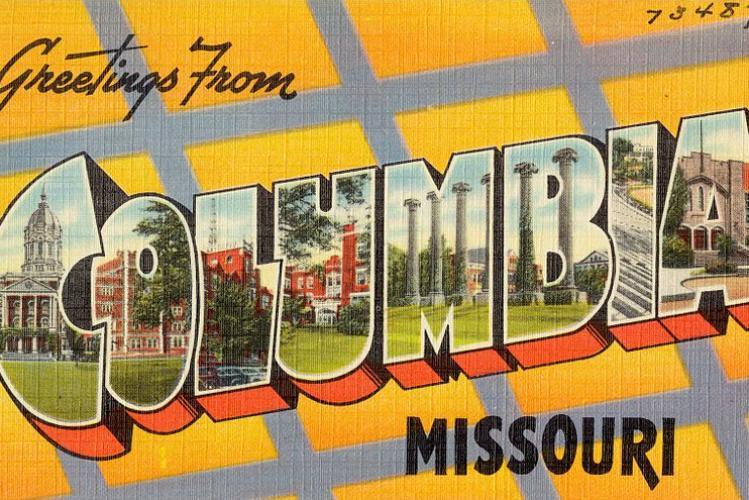
On Monday, June 6, 2016 the Columbia City Council voted to adopt the 2015 International Energy Conservation Code (IECC) as written, to regulate energy use in residential and commercial buildings. Additionally, the Council chose to adopt the Solar-Ready Provisions (Appendix RB) as part of the 2015 IECC for residential buildings, making the City of Columbia the first jurisdiction in the Midwest to do so.
Efficiency Improvement
The adoption of the 2015 IECC improves upon the efficiency of their previous energy codes, the 2012 and 2009 IECC for residential and commercial buildings, respectively. According to the Department of Energy (DOE) final determinations, building to the new code will yield approximately 1% for residential and 25% for commercial buildings in site energy savings.[1]
The potential energy savings associated with this adoption will save owners, renters, and businesses money, and reduce energy use and carbon emissions in new buildings in Columbia. According to a MEEA analysis[2], updating the commercial and residential energy codes to the 2015 IECC will save over $400,000 in citywide energy use costs annually. In addition to economic savings, building to the new code will contribute to a potential annual reduction of over 16,000 MMBTU in building energy usage, which is equivalent to the CO2 emitted from 223 homes (roughly 30% of newly constructed homes in Columbia in a year).[3]
Changes from the Previous Codes
The 2015 IECC will also improve upon the system performance of buildings in Columbia. The residential energy code was updated from the 2012 to the 2015 IECC, so few substantial efficiency improvements to the code were added. Main changes to Columbia’s Residential Energy Code include the addition of an alternative performance compliance method (Energy Rating Index) and the adoption of the Solar Energy Ready Provisions. The Solar Energy Ready Provisions do not require solar panels be installed, it requires a home be equipped to potentially add solar panels at a later date, if it has a favorable roof orientation. This provision is an optional appendix to the model code, which states or municipalities may choose to include and enforce when adopting the 2015 IECC for residential buildings.
As indicated by the large potential energy savings, updating the 2009 to the 2015 IECC for commercial buildings will result in significant improvements in building performance in Columbia. In general, newly constructed commercial buildings will be more efficient and comfortable as they will be better insulated and sealed, have more efficient lighting and HVAC systems, include new efficiency requirements for refrigeration units, and require more robust commissioning of building systems.
Considering newly constructed buildings can last 50 to 100 years, the energy, economic and performance improvements stemming from the 2015 update will have a positive impact on the City of Columbia for decades to come.
To gain a better understanding of the 2015 IECC Residential and Commercial requirements, check out the DOE Building Energy Codes Program Training Catalog.
For additional information about the adoption of the 2015 IECC in the City of Columbia, MO please contact Ian Blanding, Building Policy Associate at MEEA.
[1] https://www.energycodes.gov/determinations
[2] Methodology takes into account energy savings from DOE Final Determinations, annual commercial and residential construction in Columbia and EIA average electricity and gas cost for residential and commercial customers in Missouri.
[3] https://www.epa.gov/energy/greenhouse-gas-equivalencies-calculator